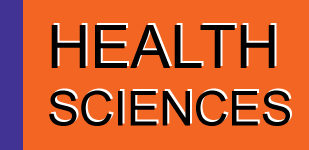Aldona Šiurkutė, Valentinas Mačiulis, Rolandas Kaukėnas, Evelina Greckienė, Eglė Ulevičiūtė-Šigajevienė, Eglė Vilūnaitė-Imbrasienė
Abstract
Although electroconvulsive therapy (ECT) was introduced in 1938, it nevertheless remains important in today’s psychiatric practice in a number of mental disorders. Schizophrenia was one of the early indications for ECT. The researchers analyzed its medical records of 60 patients with schizophrenia and schizoaffective disorder who were treated at Republican Vilnius Psychiatric Hospital in 2006. ECT efficacy was evaluated in real clinical practice, with the primary clinical-psychopathological method and additional rating scales (CGI, CGI-I). ECT procedures were carried out with Thymatron DGx apparatus according to the established protocol.
The patients had average duration of illness was 15.3±9.9 years, underwent averagely 7.4±6.8 relapses. They had been treated with various typical and atypical antipsychotics and their combinations, showing resistance to treatment. Their cases were classified into 4 groups according to symptom prevalence: a) hallucinations-delusions, b) depression-delusions, c) catatonia, and d) schizoaffective disorder – respectively 25, 15, 12 and 8 patients. Evaluation of ECT efficacy was established in these groups: in catatonia very high and high improvement was achieved (41.6% and 58.3%), in schizoaffective disorder – high improvement (75%), in depressive-delusion syndrome – high improvement (75%), and high improvement – in hallucination-delusion syndrome (48%).
The research corroborated the efficacy and safety of ECT in with psychotropics for schizophrenia and schizoaffective disorder. ECT is efficient for continuous and maintenance treatment after primary course, especially to longterm schizophrenia. These data allow psychiatrists to consider peculiarities of psychopathology and choose suitable psychotropics-ECT combination.
Article in Lithuanian
doi:10.5200/sm-hs.2012.009
Keyword(s): continuous ECT; maintenance ECT; schizophrenia; schizoaffective disorder; efficacy; antipsychotics
DOI: 10.5200/250
Full Text: PDF
